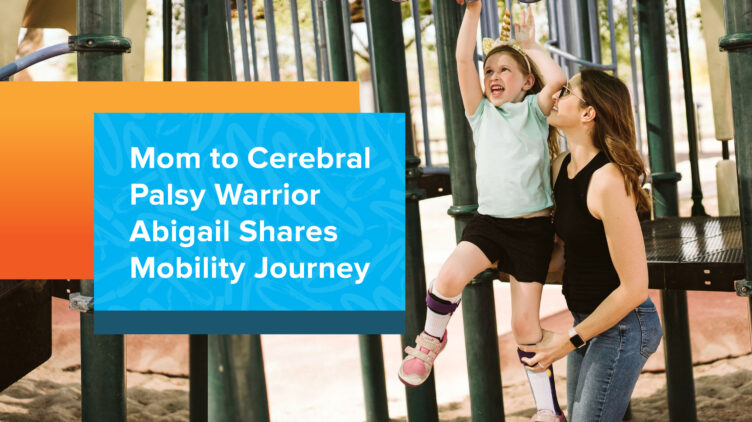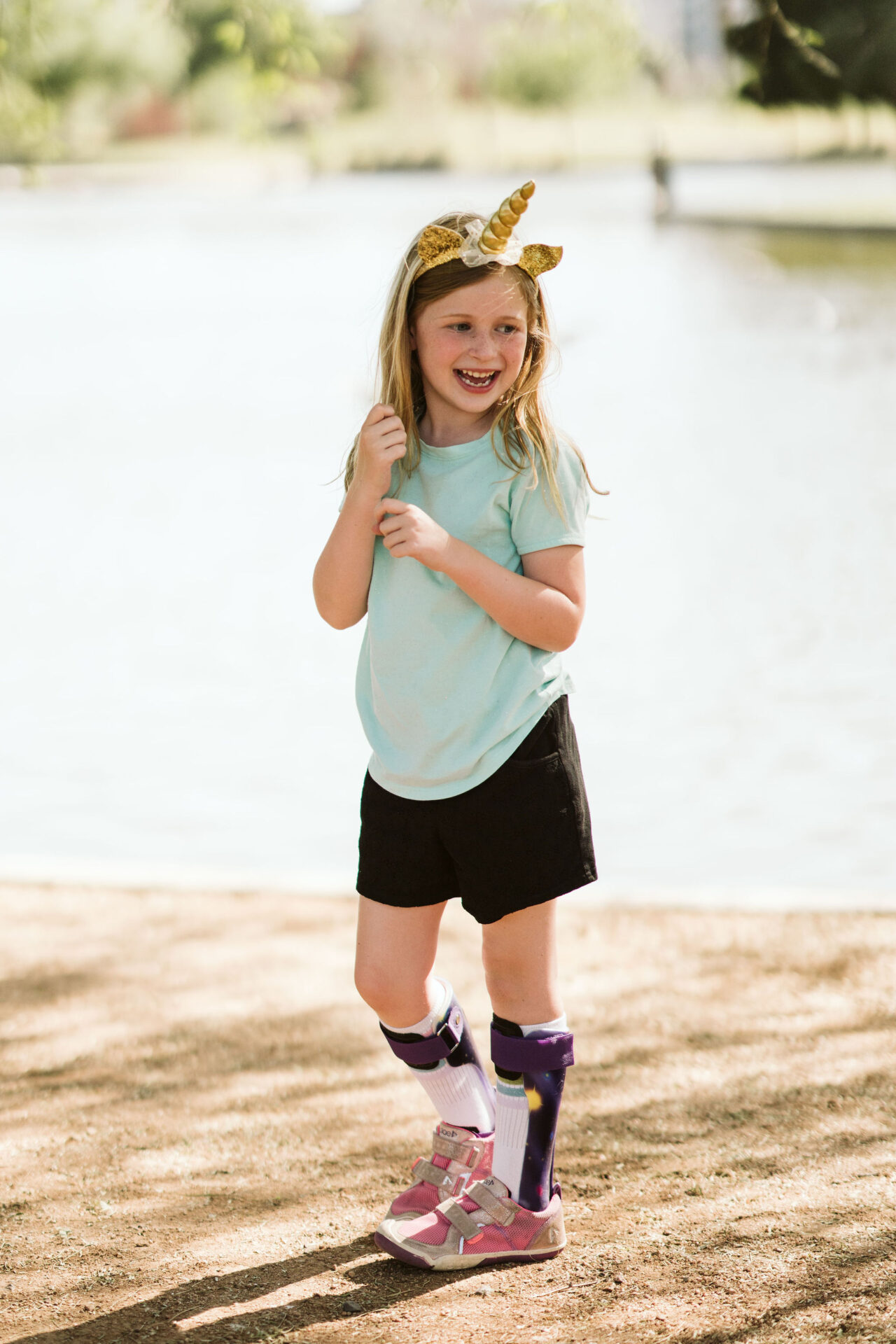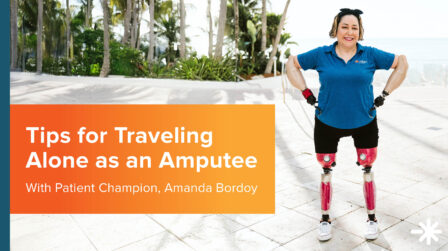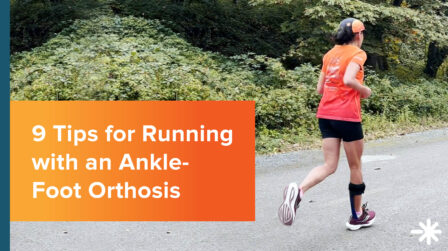Mom to Cerebral Palsy Warrior Abigail Shares Mobility Journey

Cerebral palsy is the most common of all childhood disabilities, affecting two to three out of every 1,000 children. In recognition of National Cerebral Palsy Awareness Month, mom Jessica shares her daughter Abigail’s journey with cerebral palsy and how her orthotic leg braces have made a positive impact on her life.
At 26 weeks, Jessica experienced preterm labor but was put on bed rest and delivered baby Abigail full term. When Abigail was around nine-months-old, Jessica and her husband Andrew started noticing that she was not meeting her developmental milestones. As she grew, her delays became even more evident. She was only rolling over to one side and not sitting up well or pulling herself up to a standing position. That was when they started early intervention. But at 18-months-old, after seeing a neurologist and getting an MRI, Abigail was diagnosed with spastic cerebral palsy with left sided weakness, discovering that the preterm labor had caused a stroke in utero.
Abigail’s Road to Increased Mobility
Since her diagnosis, Abigail has had regular therapy and medical interventions. At just over 2-years-old, her orthopedic surgeon recommended she start with ankle-foot orthoses to help aid her mobility. That was when Abigail’s relationship with Kurt Kamienski, CO at Hanger Clinic Phoenix began. Originally, Abigail was fitted with an orthosis for her more severely affected left leg only. They started with the least restrictive orthosis for Abigail’s needs. As she grew, her braces were modified to fit her needs. Then she struggled with her right leg too, so she moved into orthoses on both legs. “Kurt has been exceptional. He takes the time to watch Abigail walk, listens to our needs as parents, and listens to Abigail.”

Abigail has also had three significant surgeries. The first came in June 2020. Her neurosurgeon recommended selective dorsal rhizotomy (SDR) which involved identifying and then cutting the nerve roots causing her spasticity. This surgery also helped to relieve some of Abigail’s pain and better allow her to sleep through the night. She then also had heel cord lengthening surgery and a tibia rotation.
“Thanks to Abigail’s orthoses and treatments, she has been able to walk, run, and maneuver more safely and play and interact with her peers more. This is important to us as parents. We cannot be with her all the time, but to know her risk of tripping and falling is less helps provide peace of mind.”
When you hear that your child has been diagnosed with cerebral palsy, it is so overwhelming. You have to build new dreams for your baby. Our family has learned so much from our journey. Now Abigail has her own dreams, and they are even bigger and more beautiful than we could have imagined.
Jessica Holeman, Mother of Abigail
Jessica and Abigail’s medical team are still hopeful that she will one day grow out of her orthoses but are ready for whatever the future holds.
Life with Cerebral Palsy
“One thing to keep in mind is that cerebral palsy affects each child differently. Cerebral palsy can affect posture, balance, the ability to move, communicate, eat, sleep, and learn. Abigail’s mobility is impacted, but cognitively she is developing mostly on par with children her age. This can be different for each child experiencing cerebral palsy. It is so helpful to find a support team to be there for you and your family.
There will be many times when life gets really hard and exhausting, especially when you are making big decisions for your child and helping them grow into their best life. As your child goes to school, finding a school that fits and supports your child and your family is key. I never turn down the opportunity to meet with other families of children with cerebral palsy. There are many things we can learn from each other.
For those families who don’t have children with cerebral palsy or developmental difficulties, teach them to learn to reach out and say hello to someone who may look different or use mobility aids. A person is a person, and you should treat all people with equal love and compassion.”
About Cerebral Palsy
Cerebral palsy is the most common motor disability in childhood. It is a condition caused by damage to the developing brain and affects a person’s ability to control his or her muscles.
People with cerebral palsy have challenges with movement and posture. Many also have related conditions such as intellectual disabilities, seizures, problems with vision, hearing, or speech, changes in the spine (such as scoliosis), or joint problems.
The symptoms of cerebral palsy vary from person to person. A person with severe cerebral palsy may need to use special equipment to be able to walk or may not be able to walk at all and may need lifelong care. A person with mild cerebral palsy, on the other hand, may walk a little differently, but may not need any special assistance. Cerebral palsy does not get worse over time, though the exact symptoms can change over a person’s lifetime.
Request a Free Evaluation
If your child has been diagnosed with cerebral palsy and you are interested in learning more about orthotic leg braces, schedule a free evaluation with one of our board-certified orthotists.
Latest Updates
Subscribe to stay up-to-date on our latest posts.



